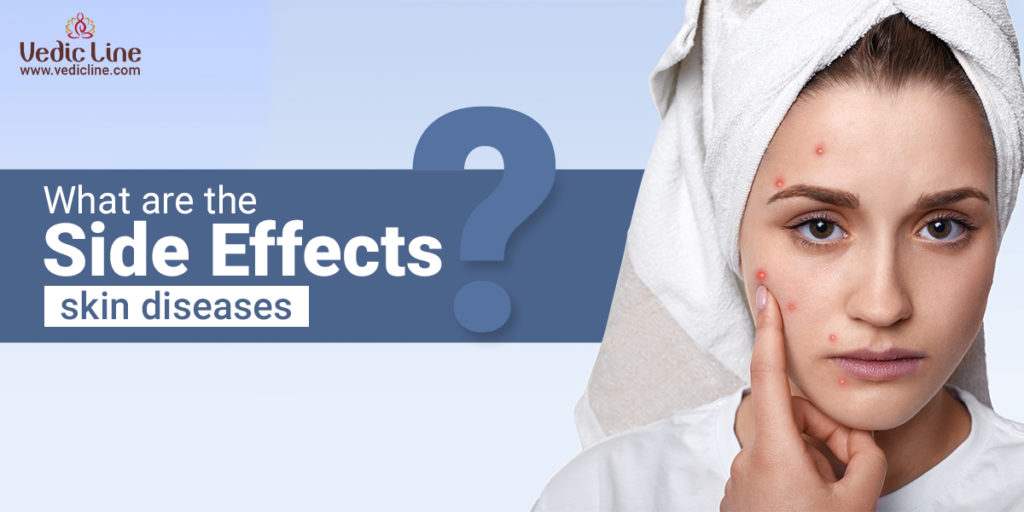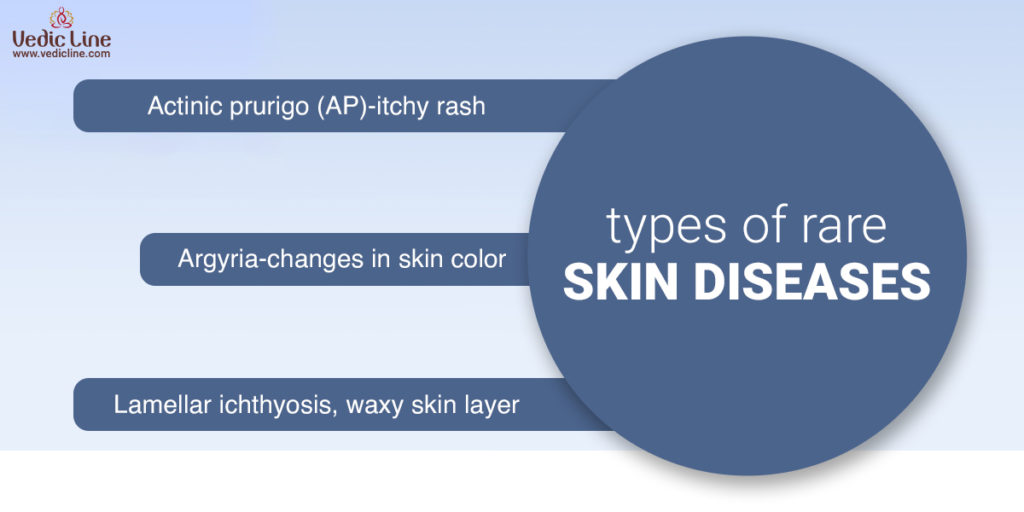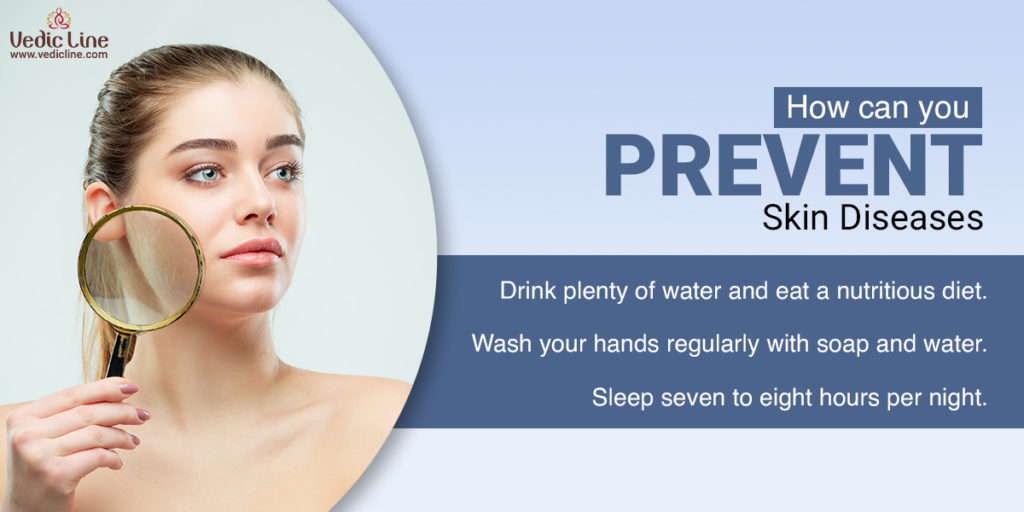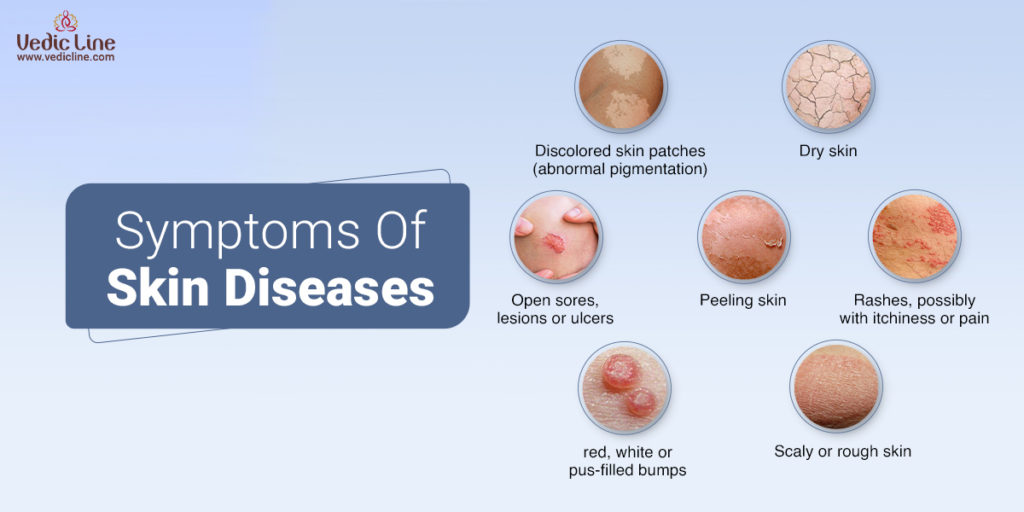What are the side effects of Types of skin disease?


Skin problems include a wide range of symptoms and severity. They might be pleasant or painful, and they can be temporary or permanent. Some are brought by circumstances, while others are passed down the generations. Some common skin diseases are trivial, while others are potentially fatal. While the majority of Types of skin diseases are mild, some can signal a more significant problem. If you think you have one of these common skin disorders, see your doctor.
You’re itching, breaking out, or getting strange rashes on your skin, and you’re not sure what it is. Types of Skin diseases come in a variety of forms, which are frequently misunderstood due to obvious symptoms. Aging, hormones, heredity, allergic reactions, and sun or harmful chemical exposure all have a role in skin problems. It is critical to grasp the ins and outs of each skin disease treatment and the variances between them. Let’s have a look at the most frequent skin conditions:
Different skin disease

Skin issues come in a variety of shapes and sizes.
ACNE
- Face, neck, shoulders, chest, and upper back are common locations for acne.
- Breakouts on the skin are caused by blackheads, whiteheads, pimples, or deep, painful cysts and nodules.
- If left untreated, it may leave scars or discolor the skin.
Sore throat
- A red, painful, fluid-filled blister grows near the mouth and lips.
- Before the sore appears, the affected area may tingle or burn.
Blister:
- a watery, transparent, fluid-filled patch on the skin that can be smaller than 1 cm (vesicle) or greater than 1 cm (bulla), and can occur alone or in groups.
- It’s all over the place.
What are some skin disease prevention and lifestyle changes?

If you have any of these types of skin disease, taking appropriate preventive steps can aid in limiting their spread or alleviating their symptoms. The following are some of the most commonly recommended preventative measures:
- Using wet wipes as a cleaning agent
- Avoiding bad habits such as smoking, drinking alcohol, and so on
- Scratching the affected regions can be avoided.
- Taking a bath every day
- Covering the afflicted area with a cloth
- Moisturizing the skin
- Avoiding prolonged exposure to the sun
- Taking anti-allergy drugs
- Wearing cotton and comfortable clothing
Managing skin problems

Most of the time, the best way to deal with skin issues is to prevent them. If you have any sores, cuts, rashes, or other skin concerns, tell your doctor right away. An itch, irritation, or discomfort might be the first sign of a developing skin problem. If you have any of these issues or types of skin diseases even if they aren’t evident, tell your doctor.
The following is some general information on common skin conditions and how to manage them with the help of your health care team.
Rashes.
Chemotherapy, targeted therapy, immunotherapy, radiation therapy, and bone marrow transplants can all cause rashes. People may get a rash that resembles acne or measles. There are a variety of options.
- Your doctor prescribes corticosteroids in the form of a cream for a mild or moderate rash.
- Your doctor prescribe corticosteroids to be taken orally and applied as a cream.
- If these measures do not relieve your symptoms, your doctor may recommend you to a dermatologist for further treatment.
Dry and scratchy.
Xerosis refers to dry skin, whereas pruritus refers to itchy skin. People with blood malignancies like leukemia, lymphoma, and multiple myeloma may be particularly susceptible to this side effect. Chemotherapy, targeted therapy, radiation therapy, and bone marrow transplants are all known to cause dry and itchy skin.
To get rid of dry skin, do the following:
- Apply a moisturizing moisturizer at least twice a day, 15 minutes after showering.
- Irritating skin products can avoid. This includes scented soaps, detergents, and creams.
- Irritating skin products can be avoide This includes scented soaps, detergents, and creams.
- Warm water can be used to shower and bathe.
- Sponge, bath scrubs, and loofahs are examples of goods that scratch or scour your skin.
Nail changes
Changes in nail color. Your nails may lift, break, or acquire light or dark streaks or grooves as a result of cancer therapy. The cuticle around your nails may also swell, turn red, and become uncomfortable. If your nails change as a result of chemotherapy, your doctor may advise you to cool your hands and feet with ice or wear cold gloves or slippers while undergoing skin diseases treatment, particularly if you’re taking the medications docetaxel (Docefrez, Taxotere) or paclitaxel (Paclitaxel) (Taxol). The cold assists in the narrowing of blood vessels in the hands and feet. This could assist in cutting down on the amount of these medications that make their way to the hands and feet.
To assist you to deal with any changes in your nails, try the following:
- Trim your nails if necessary.
- When doing yard maintenance or cleaning, use gloves.
- Keep the skin around your nails soft by applying oils or lotions.
- Wearing shoes that are excessively tight is not a good idea.
- If an infection is detect you can soak your nails in a solution of equal parts.
What can You do to avoid skin diseases?
There is no way to alter your genetics or prevent an autoimmune condition, for example, You can take precautions to avoid skin illnesses that are communicable or infectious. If you do the following, you may be able to prevent or lessen the symptoms of types of skin diseases:
- Utensils, personal things, and cosmetics should not be shared.
- Disinfect items such as gym equipment that you use in public settings.
- Consume plenty of water and consume a well-balanced diet.
- Limit your exposure to irritants and strong chemicals.
- To avoid sunburn and other sun damage, wear sunscreen.
Is it common for skin problems to reappear after treatment?
Many skin problems are long-term (long-lasting). Symptoms can be reduce with treatment, but you may have to continue by taking medication. You may also experience remissions (months or years with no symptoms).
conclusion
All problems that may give irritation, clog and also harm your skin, as well as skin cancer, That is considering skin illnesses or types of skin diseases. You could be born with a skin issue or develop one. Itching, dry skin, and rashes are all symptoms of a variety of skin illnesses. Medications, good skincare, and lifestyle modifications can often help you manage these symptoms. Treatment, on the other hand, can help to lessen symptoms and perhaps keep them at bay for months. Many skin disorders never totally go away. Also, keep an eye out for any changes in your skin, such as new or non-healing areas or changes in moles. The majority of skin malignancies are curable if detected and treated early.
